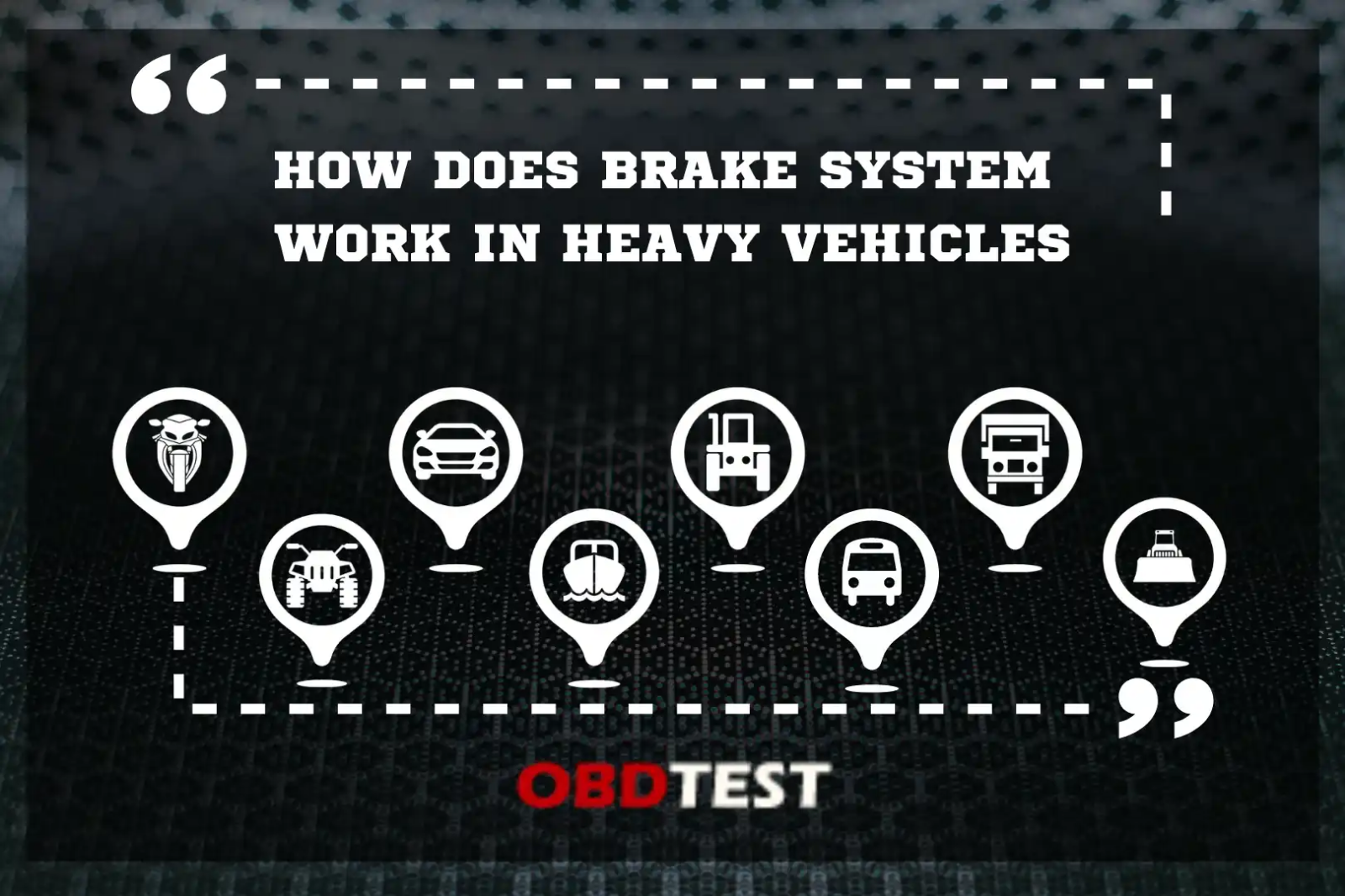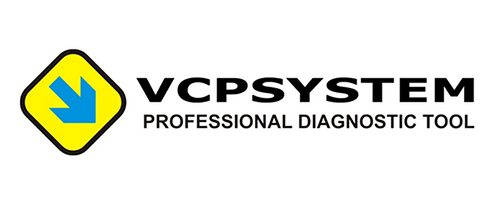How does brake system work in heavy vehicles?

How does brake system work in heavy vehicles?
The purpose of the Electronic Braking System (EBS) is to provide the best control over a vehicle's brakes.
The Anti-Lock Braking System (ABS) and Anti-Slip Regulation (ASR) work integrated with the EBS braking system.
Electronically controlled air brakes were developed for heavy-duty commercial vehicles to reduce braking distance and provide controlled stopping.
The EBS control unit calculates the braking pressure required to achieve deceleration according to the deceleration demand, which is determined by the intensity of the brake pedal depression, and applies it to the brakes.
The EBS brake system consists of a dual-circuit fully pneumatic section and a single-circuit electro-pneumatic section above it.
The single-circuit electronic system part consists of a central electronic control, two ABS valves of the rear axle modulator, a brake value transmitter and a proportional relay for the front axle.
The brake value transmitter detects the amount of pressure on the brake pedal, informs the control unit and allows air to flow in proportion to the brake pedal position.
Electronic Control Unit It gathers the necessary information with the signals it receives from the sensors, rear axle modulator and brake value transmitter, and controls the braking by sending signals to the solenoid valve of each wheel.
The Proportional Relay Valve, on the other hand, measures the brake pressure applied to the front axle and reports it to the electronic control unit.
ABS Solenoid Valves increase or decrease the flow of compressed air according to the reference wheel pressure signal detected by ECU.
Redundant valve If a malfunction occurs in the pneumatic system, it ensures that the pressure is maintained at a constant value so that no major malfunctions occur in the system.
Axle Modulator Measures and controls the brake pressure at the rear axles. In addition, the brake pads on the rear wheels transmit information received from the wear sensors to the control unit. The EBS feedback control system operates based on the measurement and evaluation of skid and deceleration values.
The skid and deceleration values are determined by the changes in the measured wheel revolutions. Deceleration results in a change in axle load between the axles, which causes a slip difference. EBS detects these differences and allows braking with different pressures. In this way, it prevents skidding.
ABS Brake System
When the driver of a vehicle driving on slippery ground suddenly applies the brakes, the wheels of the vehicle usually become locked and the locked wheels begin to slide on the slippery ground.
In such cases, the balance of the vehicle is affected, steering control is lost and such situations can lead to an accident.
In such cases, if you apply the brakes of the vehicle gradually rather than strongly, this danger can be overcome by ensuring the balance of the vehicle.
Of course, with this approach, the braking distance is much longer than normal. To avoid such situations, a system called ABS has been developed.
If you have to stop suddenly while the wheel of your vehicle is on a slippery surface, the tire on the wet surface will be the first to lock and the slipping process will start on this wheel first.
When this happens, the speed sensors detect that the speed of the vehicle wheel has slowed or even stopped and report this back to the electronic control unit.
The electronic control unit briefly activates the ABS system to prevent that wheel from locking up and spinning, and deactivates it again when it is running well.
This activation and deactivation process can repeat about 15 -17 times per second. When this occurs, the driver feels a vibration in the vehicle's brake pedal.
This vibration continues until the vehicle comes to a safe stop.
ABS brakes are repaired at our company. ABS is a vital system whose maintenance, repair and replacement should be done professionally.
How does one recognize the failure of the brake center? What are the reasons?
Weakness in braking
- Causes of failure;
- The brakes may be adjusted too weakly.
- The pads and drums may be worn out and need to be replaced.
- There is a leak in the brake air line.
- Brake air pressure is low.
- There is a blockage or restriction in the pneumatic lines.
- There may be an air leak in the brake center.
Brakes not working
Causes of failure;
- There is insufficient air pressure in the brake system.
- There may be leaks in the air lines and hoses.
- The brake pedal valve may be defective or inoperable.
- The brakes cannot be adjusted.
- Brake pads may be lubricated.
- Brake modulator may be defective
- The pressure sensor in the brake center may have exploded.
Sudden application of the brakes
Causes of failure:
The brake shoe return springs may be weak or broken.
- The brake drum may be bent.
Truck and Trailer Control Unit Repair
All brake center repair and maintenance work on heavy-duty vehicles such as trucks, lorries, tractors and trailers using our own production brake test bench and Jaltest ETM device by Nitro Mekatronik Garaj's specialist staff. Brake modulator and ECU repairs can be performed on your trailers and tow vehicles can be done.





















